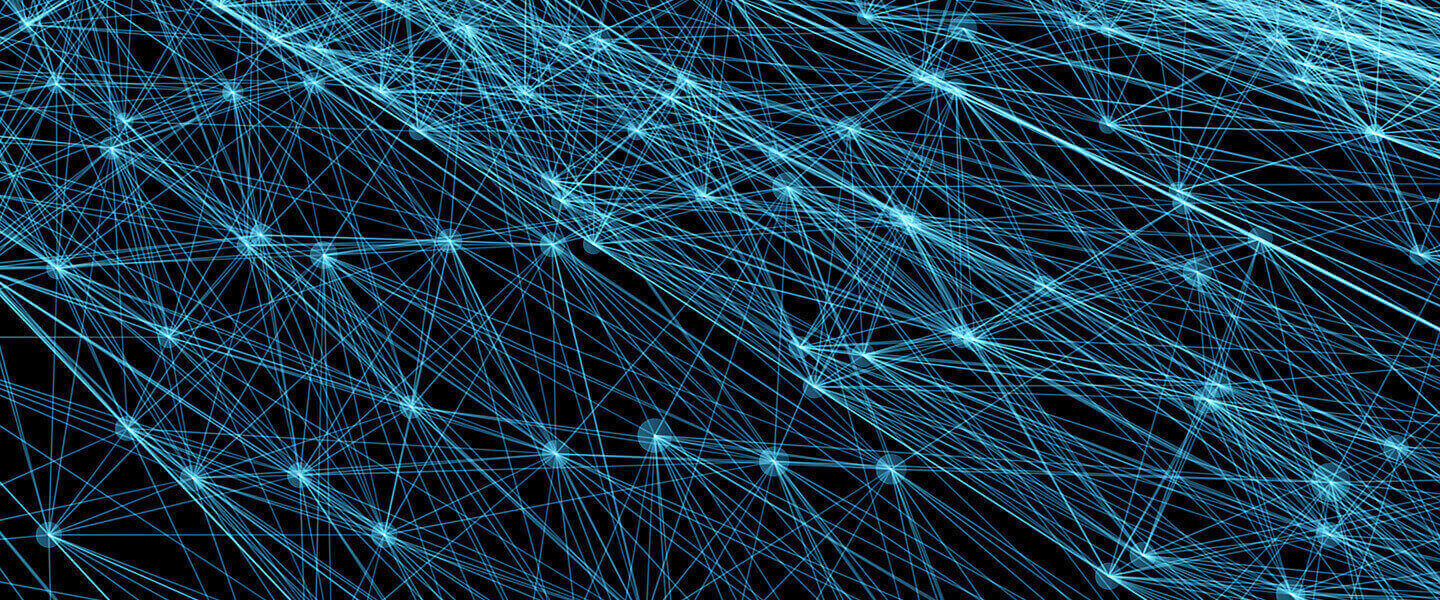Research Probes Links Between Hippocampal Hyperactivity in Adolescence and Development of Psychosis
Research Probes Links Between Hippocampal Hyperactivity in Adolescence and Development of Psychosis

Experiments performed by a team led by BBRF-affiliated investigators have provided striking evidence that may help to explain why psychosis typically emerges during adolescence and involves characteristic changes in activity within the brain’s hippocampus.
Carol A. Tamminga, M.D., a BBRF Scientific Council member and two-time BBRF Distinguished Investigator (1998 and 2010), was senior member of the team which performed research directly supported by BBRF Young Investigator grants awarded to Jun Yamamoto, Ph.D., in 2018, and Daniel S. Scott, Ph.D., in 2016.
At the University of Texas Southwestern Medical Center, the team in recent years has developed a mouse model that is helping to probe mechanisms within the brain that are relevant to behaviors seen in people with schizophrenia, particularly psychosis. Psychosis involves hallucinations, delusions, and difficulty distinguishing real and unreal perceptions, thoughts, and sensations. A first psychotic experience, which typically occurs between the late teen years and mid-20s, is often a prelude to a diagnosis of schizophrenia.
As the researchers note in their new paper appearing in Molecular Psychiatry, decades of research have indicated that abnormalities in the hippocampus may be linked not only with psychosis, but also with memory loss, depression, and PTSD-related anxiety.
Over the years, neural hyperactivity in the hippocampus has been observed consistently in young people diagnosed with schizophrenia. Dr. Tamminga and colleagues have previously sought mechanisms involved in hippocampal hyperactivity in their analysis of postmortem brain tissue donated by schizophrenia patients and their families.
One finding is especially important for the team’s newly reported experiments: an observation (in postmortem tissue) of reduced expression of a protein called GluN1 in a critical part of the hippocampus called the dentate gyrus (DG). GluN1 is one of several structural units that combine to form an important neuronal receptor type seen throughout the brain—NMDA receptors, docking ports for the excitatory neurotransmitter glutamate, which plays a key role in learning, memory, and synaptic plasticity.
The observed reduced expression of GluN1 in the DG has been associated with evidence of increased activity among excitatory neurons in layers of the hippocampus called CA3 and CA1. Alongside this observation, several past studies have shown hippocampal hyperactivity and increased levels of glutamate in the hippocampus in unmedicated patients with schizophrenia, both phenomena correlating with symptom severity. Patients who have a good response to antipsychotic medicines may be benefitting from the ability of such drugs to reduce hippocampal activity.
Drs. Tamminga, Scott, and Yamamoto have sought to understand much more about how abnormalities and dysfunction in the hippocampus occurs, and how these are specifically related to symptoms such as psychosis. They have employed a mouse model, which prevents expression of the gene that tells neurons how to manufacture the GluN1 subunit of the NMDA receptor. In their mice, GluN1 is “knocked out” only in the dentate gyrus of the hippocampus.
These “knockout” mice have lower excitatory activity in the dentate gyrus. This results in increased excitatory cell activity in the CA1 and CA3 layers of the hippocampus, and in behavioral changes in the mice analogous to those seen in psychosis in people. In another line of experiments, the team induced acute activation of neurons specifically in the CA3 hippocampal layer, noting that this caused similar psychosis-like behaviors. This led them to theorize that hyperactivity within the CA3 hippocampal layer alone may be sufficient to induce psychosis-like symptoms.
In their newly reported experiments, the team set out to learn critical information about the time element. In their model mice, it takes about 4 months to suppress GluN1 in the dentate gyrus. In the new experiments they timed this suppression with the period of the mice’s adolescence. The same experiments were conducted in adult mice, in order to make a comparison of the effects.
This led to two important discoveries. The first is that inhibiting neurons within the DG during adolescence—but not in adulthood—was associated with hyperactivity in the hippocampus and disruption of its normal function, causing psychosis-like behavioral changes.
The second discovery concerned an underlying mechanism: following suppression in the DG, the corresponding elevation of excitation in the hippocampus was driven by distinct bursts of cellular activity throughout the entire hippocampus. The team named these activity bursts “hyper-synchronous events” (HSEs).
The research revealed that two behaviors in particular appeared to be caused—in adolescent mice but not adults—by experimentally induced increases in hippocampal activity: deficiencies in social cognition (the mice did not recognize social partners previously known to them) and spatial working memory (short-term memory of objects or places). Both problems occur in people with psychosis.
Regarding the timing of changes in hippocampal cells relative to changes in behaviors, the team was able to show that the neural activity bursts—HSEs—found to be mechanistically tied to hippocampal hyperactivity began to emerge during the second week in which the DG was inhibited. This suggests that some time must pass after DG problems begin before the hippocampus enters a pathological state. Although the inhibition of the DG lasted 3 weeks in the experimental mice, HSEs continued to occur across the hippocampus for weeks after, “suggesting a persistent or even permanent effect resulting from DG inhibition during adolescence,” the team noted.
In addition to providing evidence of problems in the dentate gyrus leading to “downstream” hyperactivity in the hippocampus—long seen in young people with psychosis and schizophrenia—the team stressed that its results suggest “that adolescence is a particularly sensitive time for the generation of hippocampal hyperactivity” and thus may help us understand at least one specific mechanism that makes young people particularly susceptible (as adults generally are not) to developing psychosis.





